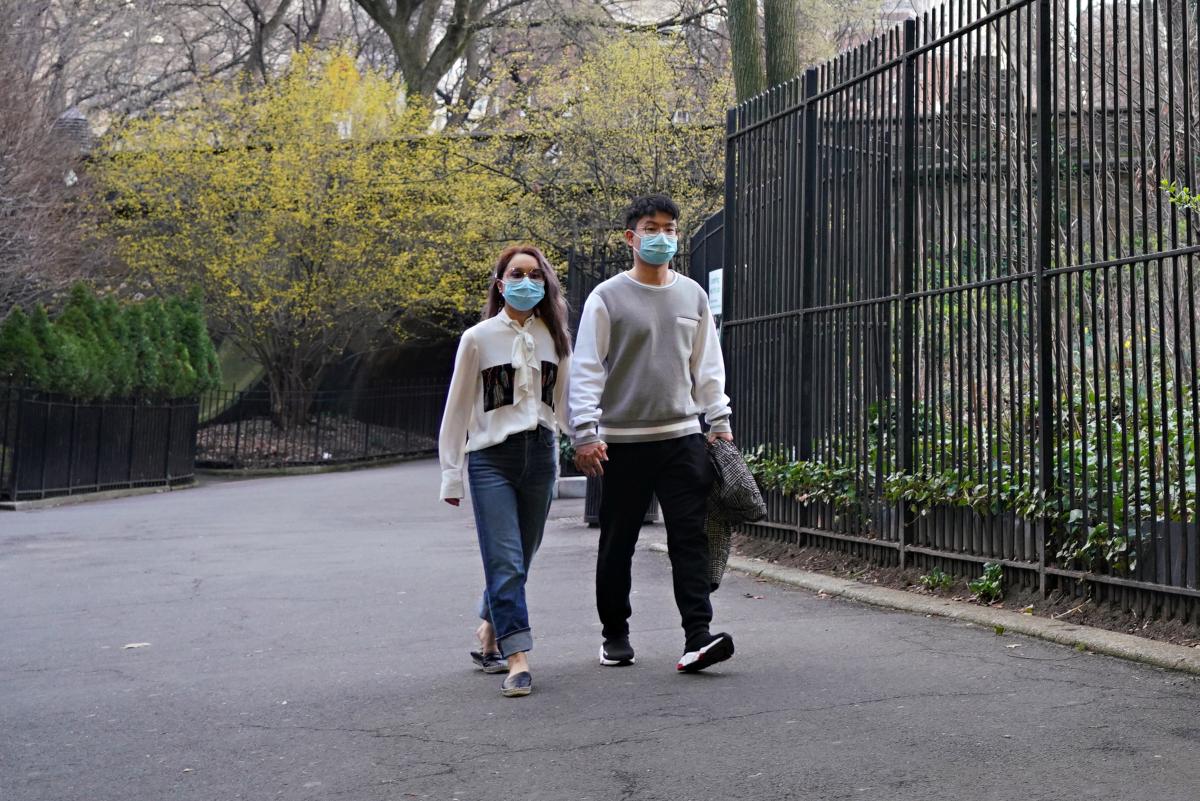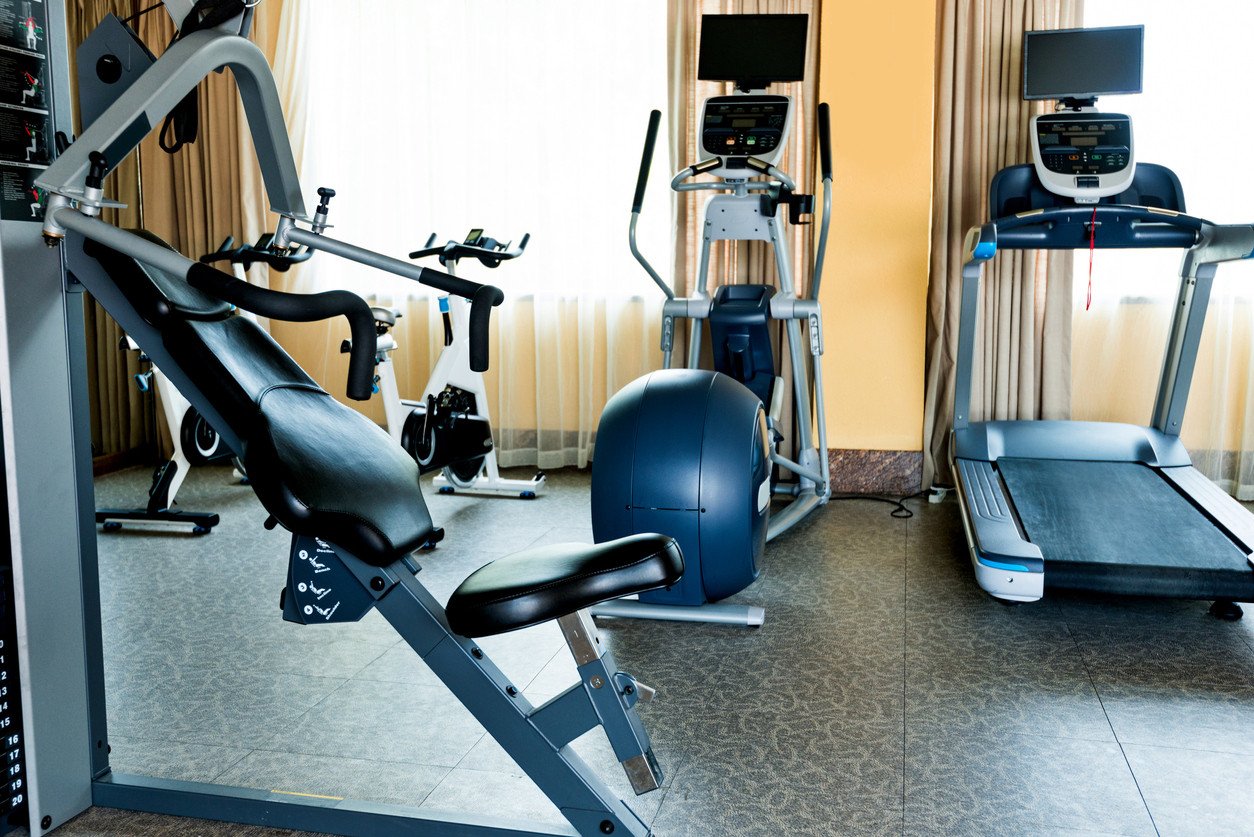- Feb 22, 2017
- 108,385
- 37,530
Bullshit. We’ve endured worse pandemics before, and we didn’t shut down the whole nation.World
We need an immediate five-week national lockdown to defeat coronavirus in America
Yaneer Bar-Yam, Opinion contributor
USA TODAY OpinionMarch 21, 2020, 11:30 AM EDT
I am an MIT-trained physicist and complexity scientist who studies pandemics. I have warned about global pandemics due to increasing travel for 15 years. I recommended community based monitoring of symptoms to stop Ebola in West Africa in 2014, and it worked. The fastest and even the only way to contain COVID-19 in the United States is a five-week national lockdown.
Closing schools, bars and movie theaters are good measures, but not enough. Our relaxed approach to social distancing is insufficient to stop the exponential growth of COVID-19. Until Americans consistently adopt strong social distancing recommendations — a lockdown — the disease will continue to spread exponentially.
During a five-week national lockdown, federal, state and local authorities would ensure that all Americans stay home except to obtain food and other essentials, access medical care, or do work essential to the functioning of society. Travel would cease: We would close our borders and airports and prohibit all unnecessary travel across state and county (or town) lines within the United States. The U.S. government would have to provide aid to citizens separated from their sources of income and ensure care for vulnerable members of society.
Lockdown would sharply reduce cases
During the first two weeks of a lockdown, infected individuals will either recover from mild cases of COVID-19 at home or seek medical attention for the 14% of cases that are severe. During the third, fourth and fifth weeks, any newly infected family or cohabitants of infected individuals will recover or seek medical attention and their isolation will prevent further spreading. By the end of the lockdown, the number of infections will be a small fraction of what they are now.
The lockdown will give us time to dramatically scale up our supply of COVID-19 test kits and capacity to process them. If we reduce the number of infections using the lockdown and start a massive testing regime in the United States, we can control COVID-19 after five weeks without such extreme social distancing measures. Isolating sick individuals and their immediate contacts will be enough.
The human and economic costs of delaying this lockdown will be staggering. The COVID-19 outbreak has many more cases now than are visible (tip of the iceberg) and they are growing rapidly. Absent sufficiently effective intervention, new cases will increase 1.3 to 1.5 times each day. We had almost 20,000 cases in the United States on Friday, over 5,800 more cases than the previous day. Without a lockdown, in one week there will be about 200,000. In two weeks: 2,000,000. One in seven cases require hospitalization and 5% require ICU care with ventilators to survive. There aren’t nearly enough ventilators available.
The effectiveness of a five-week lockdown will be dramatic — and also entirely predictable.
We know a U.S. lockdown can work because it worked in China. At the height of its COVID-19 crisis in mid-February, China had locked down an estimated 760 milllion people, approximately half of its population. This policy was so successful that Wuhan is now much safer from coronavirus than New York City or Washington, D.C. The few new COVID-19 cases in China now stem from foreign travelers rather than local transmission, and all are safely quarantined.
We know what we have to do. President Donald Trump and our states' governors and local leaders must act now to save millions of lives.
Yaneer Bar-Yam is the founding president of the New England Complex Systems Institute, where he is an expert on pandemics and other complex systems. He is spearheading the effort of over 3,000 volunteers working to stop the outbreak at endcoronavirus.org. Follow him on Twitter: @yaneerbaryam

We need an immediate five-week national lockdown to defeat coronavirus in America
Locking down the country would reduce infections and allow time for massive testing. There will be staggering human and economic costs if we delay.www.yahoo.com
United States Infections and deaths from Coronavirus as of February 29, 2020
Infections: 68
Deaths: 1
United States Infections and deaths from Coronavirus as of March 22, 2020
Infections: 35,000
Deaths: 458
The exponential rise in infections and deaths in just 3 weeks is incredible. Where will the United States be on April 23, 2020 without the lockdown proposed above?
It would be nice to think we could shutdown our economy for 5 weeks and survive as a country, but it is not reality. A 5 week lockdown is a case of the cure being worse than the disease
There is no other option. This is a disaster situation. The priority is survival, not making money. The entire economy will have to be refocused to fighting this war, just like it was during World War II.
Forcing businesses to shut down is wrong. Cracking down on people going to parks is wrong. Let people make up their own damned minds. But authoritarian asswipes can never let that happen.
Go to the park. Get infected from someone you come into contact with. You get sick with a mild case. Go to visit grandma and she dies.
I am not coming into contact with anyone at the park or the biking trails which my stupid city closed.


